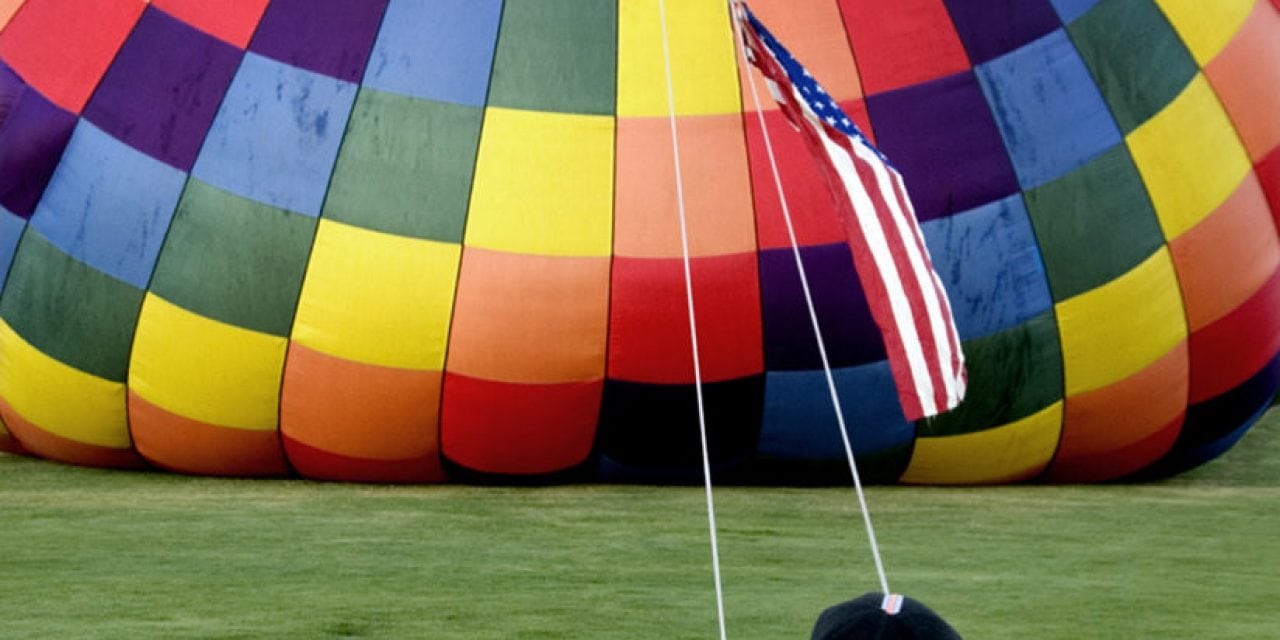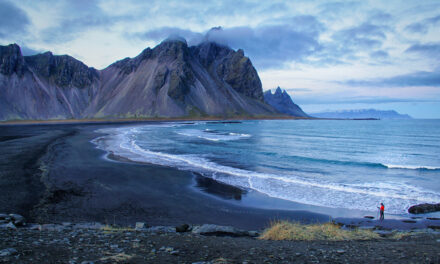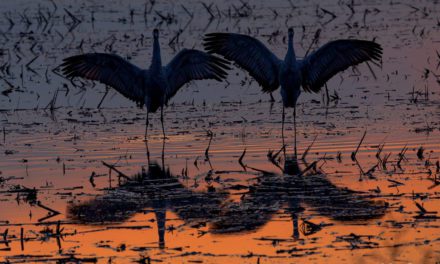
If you want the viewer to feel that he or she’s part of the action, there’s no better way to engage him or her than to photograph from a point-of-view perspective. The viewer gets the feeling that he/she’s involved in the composition and becomes one with the subject. In the movie industry, they’re referred to as POV shots. Wide- and super-wide-angle lenses are the norm, as are low angles or those shot from unique or out-of-the-box perspectives. Ninety-nine percent of the time you won’t use a long lens to get the shot, nor will you be far away from the action. Here are a few quick tips to get you started in the world of POV.
Get Down And Wide: Wide- and super-wide-angle lenses are commonly used, as they allow the photographer to get close to the action and provide much depth of field. For POV shots, the closer the camera is placed to the subject, the better. Given the depth a super wide provides, everything from the subject to infinity will be in sharp focus. Since super-wide lenses aren’t often used, they impart a unique perspective to the photo. The same holds true in regard to the angle from where the photo is made. Most photos are made from a standing position. When you get down low, it adds a different look.

Shoot Up: When you shoot up at your subject, you introduce power and strength. It goes hand in hand with the psychological factor of “looking up to someone.” If you get low and exaggerate perspective with a wide-angle lens, the subject takes on dominance, authority and fortitude. The subject looms above the photographer and displays magnitude. If you’re into underwater photography, place your camera in an underwater housing and photograph some kayaker friends. Hold the lens so half is above the water and half is below so you see both levels.
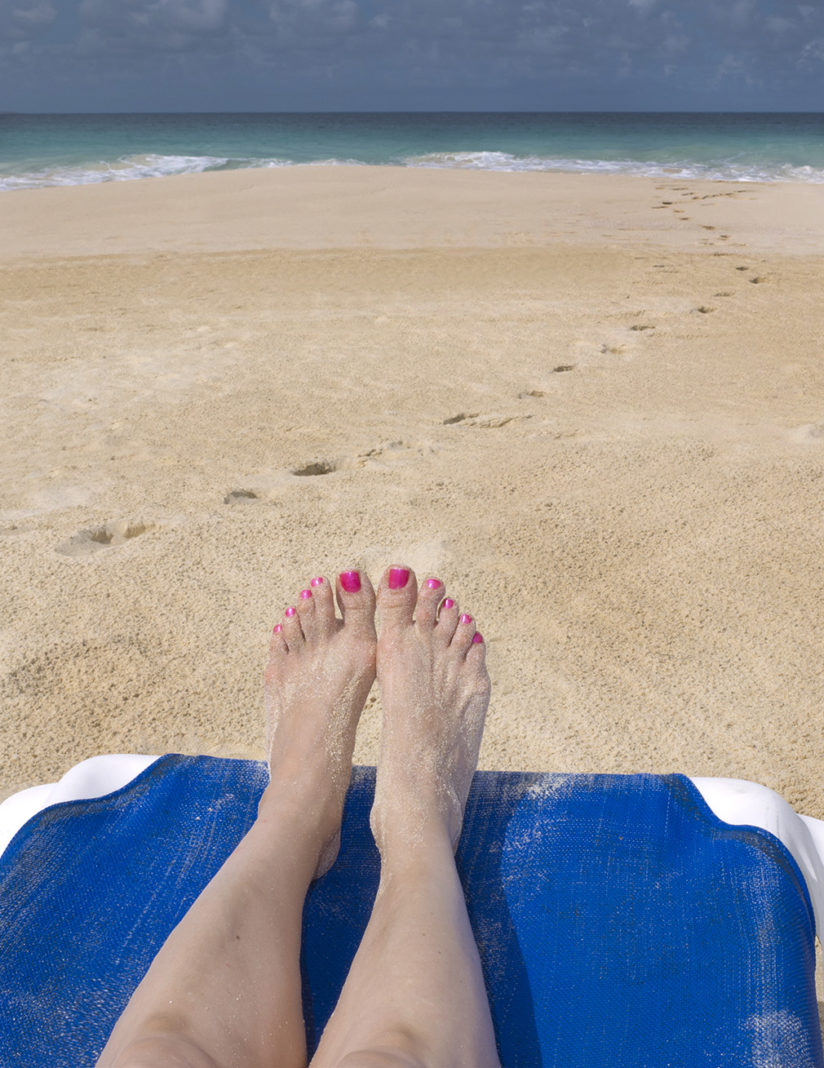
Snap From Above: When you position yourself above the subject, the viewer of the image feels more in power because the viewer rises above what the camera sees. As with the other examples, the photographer needs to be close to the subject to portray the point-of-view look. The closer the photographer gets, the more the viewer feels he or she is part of the action.
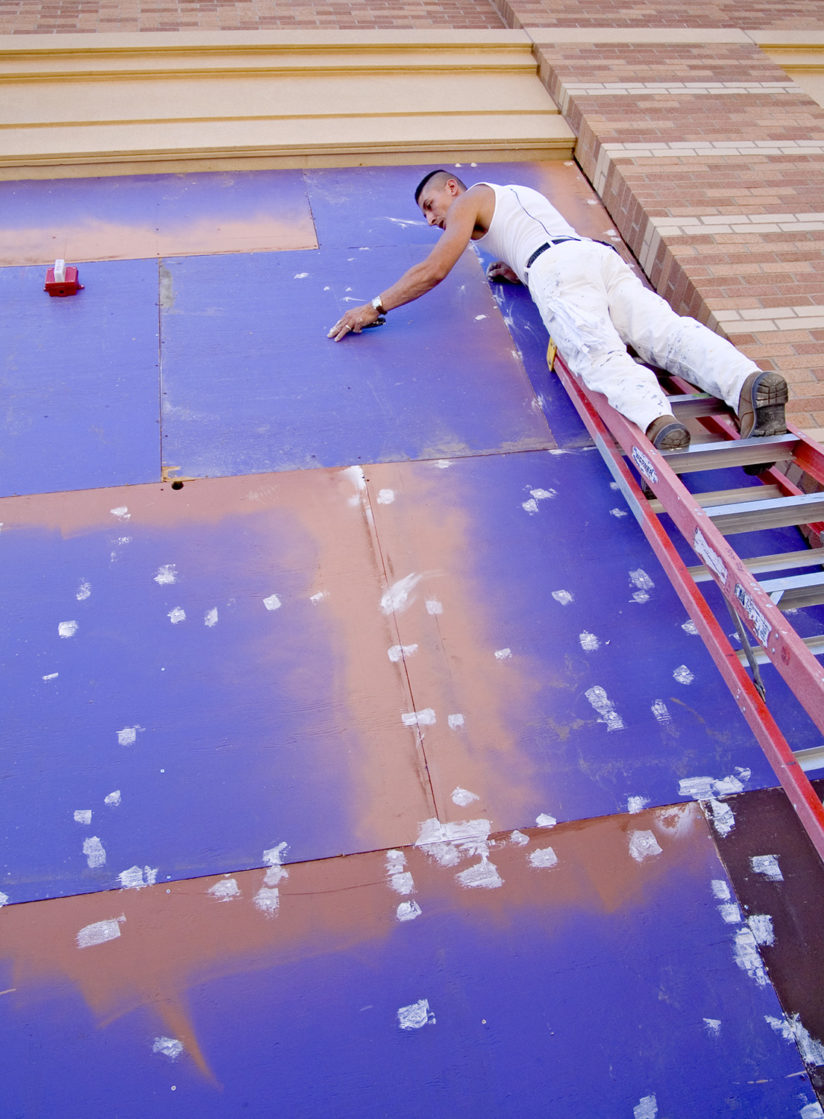
Attach It Anywhere: Specially designed clamps are made that allow a photographer to attach a camera to just about anything that fits in the expanse of the clamp’s jaws. I have a Bogen Super Clamp. I mount a small ballhead onto it that in turn can be mounted to a set of bicycle handlebars, the steering wheel of a car, a ski pole, etc. Use a remote transmitter to fire the camera. By placing the camera close to the action, POV photography can be added to your photographic repertoire in a myriad of ways.
Visit www.russburdenphotography.com for information about his nature photography tours and safari to Tanzania.
The post POV: Point of View Photography appeared first on Outdoor Photographer.

